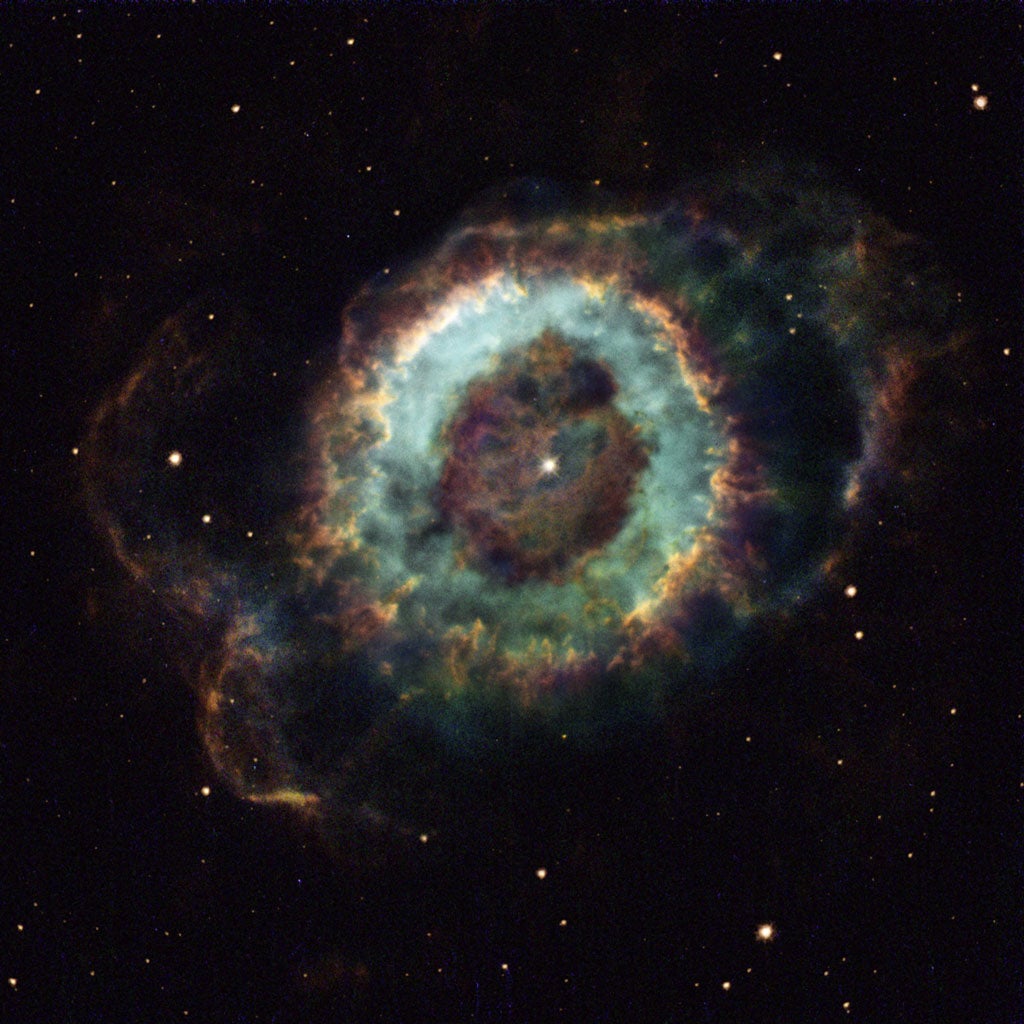
When you look at the night sky (preferably from a site with minimal light pollution), you’ll see hundreds of dots sprinkled above you. Those are nearly all stars – some just a few light-years away, while others make up galaxies millions of light-years distant. (One light-year is the amount of distance light travels in a year. It’s about 6 trillion miles.) All stars form from clouds of gas. Slightly denser regions pull in material from less-dense areas due to gravity. Once the object’s center becomes dense enough – and thus hot enough (some 10 million degrees) due to increasing pressure – hydrogen begins to fuse to form helium. And this process emits energy.So, that’s the most-basic description of how stars form.A fledgling sun’s formation, however, isn’t quite so simplistic. Nearby massive stars, other sun-forming clouds, and even the Milky Way’s spiral structure affect how stars form. And astronomers aren’t sure yet how groups of suns called star clusters — or massive stars — form. These are all areas of active research.But once a star forms, and as long as hydrogen is fusing within its core, this sun is in its “main sequence” portion of life. This can last a few million years to many billions of years, depending on how massive the star is.The hottest stars — blue stars like those in Orion’s Trapezium cluster — lie along the main sequence and fuse hydrogen for just a few million years. As the saying goes, these stars live fast and die young. Our Sun is an average main-sequence star. Astronomers estimate that it will continue fusion for another 5 billion years or so. And then there are the coolest (as in temperature) stars — red dwarfs. Because they have less mass, these stars create energy much more slowly than larger stars. They can be 1/10,000th as faint as the Sun and can fuse hydrogen into helium over many billion — even trillions — of years.
Expand your knowledge at Astronomy.com
Check out the complete Astronomy 101 series
Learn about our stellar neighborhood with the Tour the Solar System series
Read about the latest astronomy newsThe evolution cycles of Sun-like, high-mass, and low-mass stars all vary greatly, but here are the main points to remember. At the end of a Sun-like star’s life, it will have fused hydrogen into helium and then helium into carbon and oxygen at its core. The star expands briefly, pulsates, contracts, and puffs its outer layers into space. What’s left is the dense core — called a white dwarf — whose energy causes those gas layers to glow, creating a beautiful planetary nebula.High-mass stars create even more elements through fusion, such as neon, magnesium, silicon, nickel, and iron. Iron is the end-of-the-road, so the core begins to collapse under gravity and then heats up and bounces back. The star explodes as a supernova, which releases a tremendous amount of energy. After the light fades, the star’s core is a neutron star or a black hole (the two densest objects known in the unverse), and the layers of gas surrounding it may glow for thousands of years as a supernova remnant.Low-mass stars continue to fuse hydrogen into helium until nearly the entire star is helium. Theory says that the star then shrinks, cools, and fades away. However, the universe isn’t old enough to know for sure.









